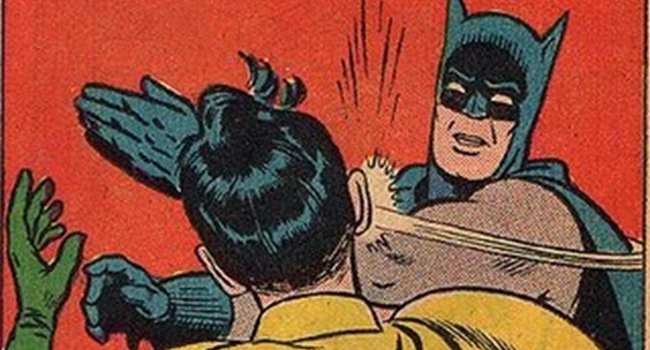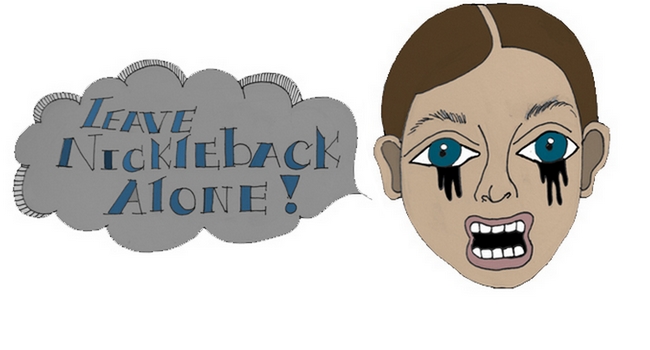In a hole-in-the-wall bar somewhere in the Lower East Side, an announcer in a loosened tie and slacks works the crowd into the night’s next act, Stefani Germanotta. The girl behind him with a roundish face, long, straightened black hair, in a ripped t-shirt and jeans steps over to the piano and begins to play. Her contralto voice is beautiful and haunting, light and at times husky, all belying her totally lackluster appearance. This could well have been a scene five years ago, unbeknown to the audience, they’ve just seen Lady Gaga in concert.
It’s a remarkable story, a real life Gatsby, that a twenty-year old NYU “guidette” went from girl-with-a-guitar to the most recognizable name in Pop music, Mama Monster, in the course of three years. How she achieved this metamorphosis isn’t exactly clear. Whether it’s the perils of the music business creating a brand, or something more calculated and plied, sold to the music market itself is unclear.
A trajectory as prodigious as hers has fans and critics alike questioning whether fame created a monster or a monster created itself.
Examining the process, the only clear thing is the end product, the before and after. Gaga, like Gatsby, sprang from an idealized conception of herself. What first implanted that spark in her is up for debate. From her single, incidentally titled “Born This Way,” listeners can imagine she came out of the womb in a diamond tiara and a raw meat dress.
But think back five years ago, let’s say the day after that open mic, when the 20-year-old Germanotta is making the hour long bus trip from Manhattan to Parsipanny to see Rob Fusari, her boyfriend, producer and fellow songwriter. It’s a trip she makes seven days a week, without failure. As she enters his studio, Fusari stands and bursts into song, the theme he’s given her, Queen’s “Radio Gaga.” It’s still some time before, texting her the lyrics, autocorrect on his phone will change “radio” to a title that so delights Germanotta it prompts her to say, “Don’t call me Stefani again.”
No one could have guessed, in the wake of the commercial success of The Fame and Lady Gaga leaving label Island/Def Jam, that their romance would turn bad. The above imaginings are not a dramatization, but the transcript of a rather pricey lawsuit, where Fusari says he not only christened Germanotta, but made her put down the acoustic, amp up the theatricality and take up electronic disco anthems in an effort to market her.
Of course, any embittered ex might say that. But for thirty million, the possibility creeps in that he might have had grounds. The fact that the case was settled outside of court (the state of New York dismissed the case) for an undisclosed amount further alludes to his justification.
And really, what would Gaga be without the name, the electronic background and the gaudy stage attire?
While there’s no denying her musicianship (her vocal range and virtuosity are impossible to fake), many have called into question her originality. A year ago, MIA famously said to NME, “None of her music’s reflective of how weird she wants to be or thinks she is. She models herself on Grace Jones and Madonna, but the music sounds like 20-year-old Ibiza music.”
MIA had a right to be pissed after Gaga appeared on Wale’s “Chillin” sounding strangely like MIA, She’s not progressive, but she is a good mimic. Her music videos reference (and that’s using the word lightly) the likes of Antonioni, Tarantino and Hitchcock. It’s hard to take a finger and point at something that is uniquely “Gaga” (the name included), and not Gaga doing someone else.
A lot of it seems like contrived attention mongering. Suffice to say, she didn’t just forget to put pants on before going to Yankee Stadium. And if it seems that way it’s probably because it is. Every bit of her persona, on stage and off, is a finely tuned machine—exploiting some nerve or public sensibility to garner hype. It’s a machine that’s only become more refined, even during her time in the limelight.
Millions have watched the ongoing story that is her self-invention, her branding and all her manifestations. Fans will recall that even Lady Gaga 2008 with her disco-ball shades, short blonde wigs and go-go boots is a radically different incarnation than Lady Gaga 2010, blindfolded with dark, sultry makeup who is fed apples by a host of naked men. To this end, Haus of Gaga, her production company can be thanked.
The implication of a 24-year-old being at the helm of pop culture, iconic to a fault, with enough reinvention to span a lifetime, is still setting in.
Will it ever be possible to attend a ‘00s party without seeing someone dressed as the fame monster? And even if she is as she claims to be a monster, an outcast and a rebel from birth (despite being the darling of the pop charts and all her”little monsters”), it doesn’t exonerate her from the marked transformation she’s already undergone.
Whatever one’s thoughts on Gaga, no matter what their opinion of her music is, make no mistake, she was not “born” this way.



